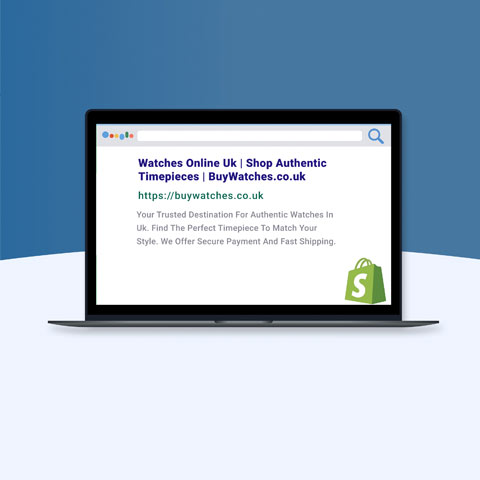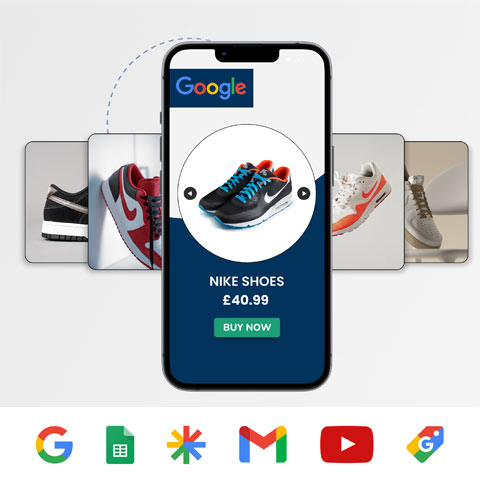Death of 3rd Party Cookies: What Retailers Need to Know


By 2024, Google said it would phase away third-party cookies in Chrome as part of its “path towards a more privacy-first web.” It is a piece of their more significant Privacy Sandbox effort, which was introduced in 2019 and has sparked speculation about the future of online advertising among firms.
Online retailers’ marketing teams utilise cookies to analyse user behaviour across different websites, evaluate the effectiveness of their advertising campaigns, and target specific customers.
However, the disappearance of third-party cookies does not necessarily spell the end of online tracking. Retail businesses will still be permitted to use first-party data gathered by third parties and other targeting techniques. It just means targeting may become more limited or consent oriented.
Google Chrome continues to employ third-party tracking cookies, even though Mozilla Firefox and Apple Safari have already disabled them. More significantly, Chrome holds a market share of 60% of all online browsers worldwide. Therefore, a massive source of customer data for the field of marketing, as well as cookies, is disappearing.
Before Google cookies are removed, retail marketing teams must modify their plans and develop fresh ways to connect with customers.
What is the Significance of Third-Party Cookies for Retailers?
Internet users’ online browsing will be more private due to the third-party cookie’s demise. However, the change poses a significant challenge for retailers whose campaigns are driven by third-party data and programmatic advertising.
It’s important to note that not all cookies are bad. Cookies monitor and identify internet users, enabling retailers to customise consumers’ digital experiences. For instance, cookies are used by an online store to keep track of your logged-in status while you navigate between pages.
The website or domain that a user accesses is the one that creates first-party cookies. By keeping track of things like login information, cart items, and user location, they enhance the user experience. The website in charge of this data can also use it with other first-party data (such as from CRM systems) to create detailed user profiles that support personalised interactions.
For example, to send a user a personalised email with a present on their birthday, a loyalty provider might use a CRM system to link rewards information with the customer’s birthdate.
Other websites or domains that a user accesses directly create third-party cookies. Typically, they support interactions with technologies like chat and ad technology and collect data for digital marketing. Services for advertising technology run code on websites that puts a third-party cookie on every visitor’s browser.
A valuable dataset utilised to target each visitor throughout the internet is created when these cookies recognise a site visitor. The advertising platform links that individual to their actions on the page (e.g., on Google and Facebook). By gathering identity-tied user behavioural data to use as audiences for ad targeting, these third-party cookies allow brands to successfully contact consumers they could not reach before.
Since the idea was first proposed, third-party cookie usage has grown significantly, to the point where a $20 billion industry has been formed around it, enabling businesses to reach and attract new customers through paid media platforms.
What is Driving the Decision to Phase Out Third-Party Cookies?
To help marketers construct individualized ad campaigns, third-party cookies are tracking tags that assist brands in learning more about consumers’ general online behaviours, including the websites they regularly visit, transactions they have made, and potential interests they may have.
Third-party cookies track online behaviour across several websites, as opposed to first-party cookies, which only keep track of preferences (such as login data, language selection, and things in your shopping cart) on the website you are viewing. Web users must be asked to allow third-party cookies due to the quantity of personal information they may obtain, whereas first-party cookies are allowed automatically.
Growing privacy concerns amongst Web users, which led to the adoption of privacy legislation like the General Data Protection Regulation (GDPR) in the EU and the California Consumer Privacy Act (CCPA) in the US, were significant factors in deciding to phase out third-party cookies.

72% of Americans, as per the Pew Research Center, feel that advertising, tech corporations, and other businesses follow most of what people do online. Big IT firms and governments have acted as a result of the rising concern over online data privacy.
The California Consumer Privacy Act (CCPA) safeguards California citizens’ data, including data that cookies can capture. According to these regulations, citizens of California have the right to refuse to have personal data given to third parties, the right to ask for the revelation of already-collected information, and the right to ask for the deletion of any data.
As internet users grow more aware of where their information is going, these patterns will only persist. Google and other major internet firms decided to take charge of their fate rather than wait for the other shoe to drop.
What will be Third Party Cookies Replacement When They are Phased Out?
The good news is that retailers won’t need to redo their marketing plans completely. Google has already announced that it will develop new technologies offering comparable user information.
For instance, Google unveiled the Privacy Sandbox project as a temporary alternative for third-party cookies. The purpose of the Privacy Sandbox is to stop intrusive tracking methods and switch to more cooperative ones.
With more openness and influence over how their data is used, Google’s Privacy Sandbox program intends to “create a set of open protocols to strengthen privacy on the web fundamentally.”
One of its key concepts is a brand-new method of internet advertising called the Federated Learning of Cohorts (FLoC), which enables marketers to show pertinent ads to sizable groups of people (referred to as cohorts) while maintaining user anonymity. FLoC gathers data on surfing patterns and classifies users into “flocks” based on their shared interests. FLoC does not let advertising track users across multiple websites like third-party cookies do. Instead, there will be no intrusive surveillance of specific individuals, and every business will have equal access to customer information in an “environment” of interest groups.
What Will Be the Future of Online Privacy for Retail Customers?
Even if third-party cookies are entirely phased out, the alternatives might make internet tracking more effective. However, the internet is still in a transitional phase.
The requirement for user agreement is becoming the norm as significant internet businesses struggle to strike a balance between tailored advertising and data privacy. The elimination of third-party cookies is a win for regular internet users, even though businesses may need to find other approaches to target the appropriate audiences. People can use the internet more confidently after third-party cookies are eliminated from Chrome.
Final Word
Retailers should reconsider spending plans as third-party cookies’ end nears rather than looking for solutions. They should consider reinvesting some of their advertising budgets on more tactful platforms to stay ahead of the competition.
For instance, compared to Paid Marketing, investing in the organic search channel provides a higher return on investment (ROI) and better compounding value. Retailers can identify what customers are looking for and establish early contact by analysing search data.
Using the right data analytics platform will also allow retailer marketers to identify trends and build personas to target better through first party cookie data available to them. You can check out examples of how you could do this with ClicData here.
Want more like this?
Want more like this?
Insight delivered to your inbox
Keep up to date with our free email. Hand picked whitepapers and posts from our blog, as well as exclusive videos and webinar invitations keep our Users one step ahead.
By clicking 'SIGN UP', you agree to our Terms of Use and Privacy Policy


By clicking 'SIGN UP', you agree to our Terms of Use and Privacy Policy
Other content you may be interested in
Categories
Categories

Want more like this?


Want more like this?
Insight delivered to your inbox
Keep up to date with our free email. Hand picked whitepapers and posts from our blog, as well as exclusive videos and webinar invitations keep our Users one step ahead.
By clicking 'SIGN UP', you agree to our Terms of Use and Privacy Policy





![[Research] Apps: The Secret Engine of Ecommerce Growth [Research] Apps: The Secret Engine of Ecommerce Growth](https://images.bizibl.com/sites/default/files/apps-and-web-similarweb-480.jpg)



